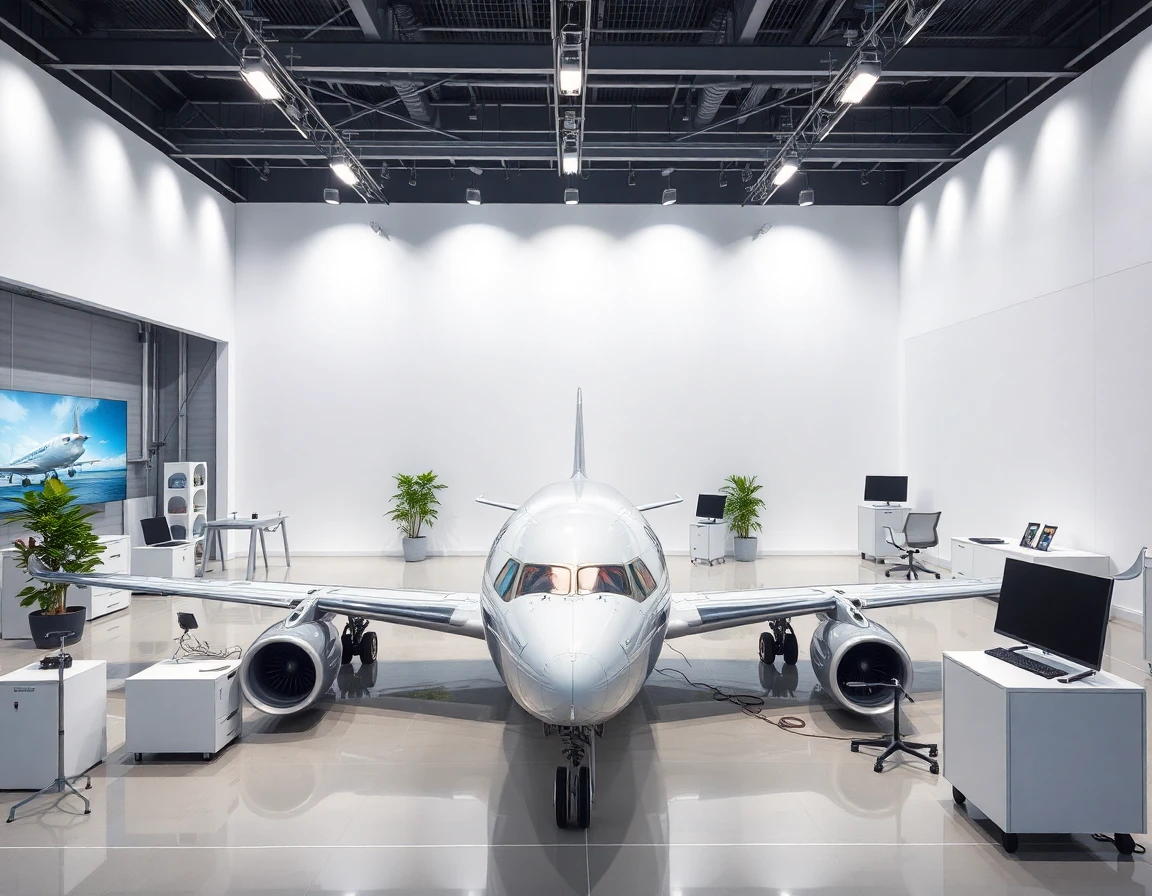In the realm of aerospace and defense, the conversation surrounding nuclear power in space is gaining momentum. A recent live event replay, titled “Nuclear Power in Space,” served as a platform for industry experts to discuss the implications, technologies, and future potential of nuclear energy beyond our planet. This article delves into the highlights of the live event, providing a comprehensive analysis of the key points raised by speakers and the implications for the industry.
The Importance of Nuclear Power in Space
Nuclear power presents a compelling option for future space missions, particularly as humanity aims to explore deeper into our solar system. The ability to generate significant amounts of energy is critical for sustaining long-term missions, especially those targeting locations such as Mars or beyond.
Dr. Lisa Thompson, a renowned aerospace engineer, emphasized during the live event, “Nuclear power is not just about providing energy; it’s about enabling a new era of exploration and scientific discovery in environments where solar power is insufficient.”
Technological Innovations Driving Nuclear Power
During the live event, speakers highlighted several technological advancements that are making nuclear power feasible for space missions. Key innovations include miniature nuclear reactors and advanced fuel technologies designed to withstand the harsh conditions of space. These reactors are designed for safety, efficiency, and compactness, crucial for the limited space available in spacecraft.
Advanced Control Systems for Precision Operations
One of the critical components of space nuclear systems is the need for precise control over reactor operations. This is where high-precision advanced control systems for aerospace applications come into play. These systems enable accurate management of nuclear reactors, ensuring optimal performance and safety during missions.
“With high-precision control systems, we can ensure that even in the most demanding environments, our nuclear reactors operate smoothly and efficiently,” noted Dr. Thompson.
Energy Storage Solutions: The Role of Thermal Batteries
A significant challenge in deploying nuclear power in space is the effective storage and distribution of energy. The event discussed the need for robust energy storage systems. The High-Voltage Thermal Battery System was highlighted as a leading solution. This system can handle high voltages and substantial capacities, making it ideal for space applications where reliable power sources are essential.
As explained by expert panelist Dr. Mark Anderson, “The ability to store energy efficiently allows us to manage power for critical systems during both operational and off-peak periods, which is vital for the success of long-duration space missions.”
Industry Insights and Future Prospects
As the aerospace industry looks to the future, the integration of nuclear power for space exploration appears to be on the horizon. During the live event, experts discussed various potential applications, from powering habitats on the Moon to providing energy for scientific instruments on Mars.
Dr. Emily Chen, a leading researcher in space energy systems, stated, “The future of space exploration will heavily rely on sustainable and powerful energy sources. Nuclear power can serve as a game changer, allowing for the development of more ambitious missions.”
Challenges and Considerations
Despite the promising prospects, the transition to nuclear power in space is not without challenges. Regulatory hurdles, public perception, and safety concerns remain significant obstacles that need to be addressed. Panelists during the live event underscored the importance of transparency and public engagement to foster acceptance of nuclear technologies in space.
Conclusion: The Path Ahead
The live event on nuclear power in space has illuminated the potential of this energy source to revolutionize space exploration. With advancements in technology and a growing commitment from the aerospace community, the dream of harnessing nuclear power for deep-space missions is becoming a tangible reality. As Dr. Thompson aptly concluded, “Nuclear power in space is not merely a concept; it is the future of our exploratory endeavors.”
As the industry evolves, continuous dialogue and innovation will be essential in overcoming challenges and realizing the full potential of nuclear power in the final frontier.
For those interested in the replay of the live event and further insights on this critical topic, recordings and materials are available through various aerospace industry platforms.



